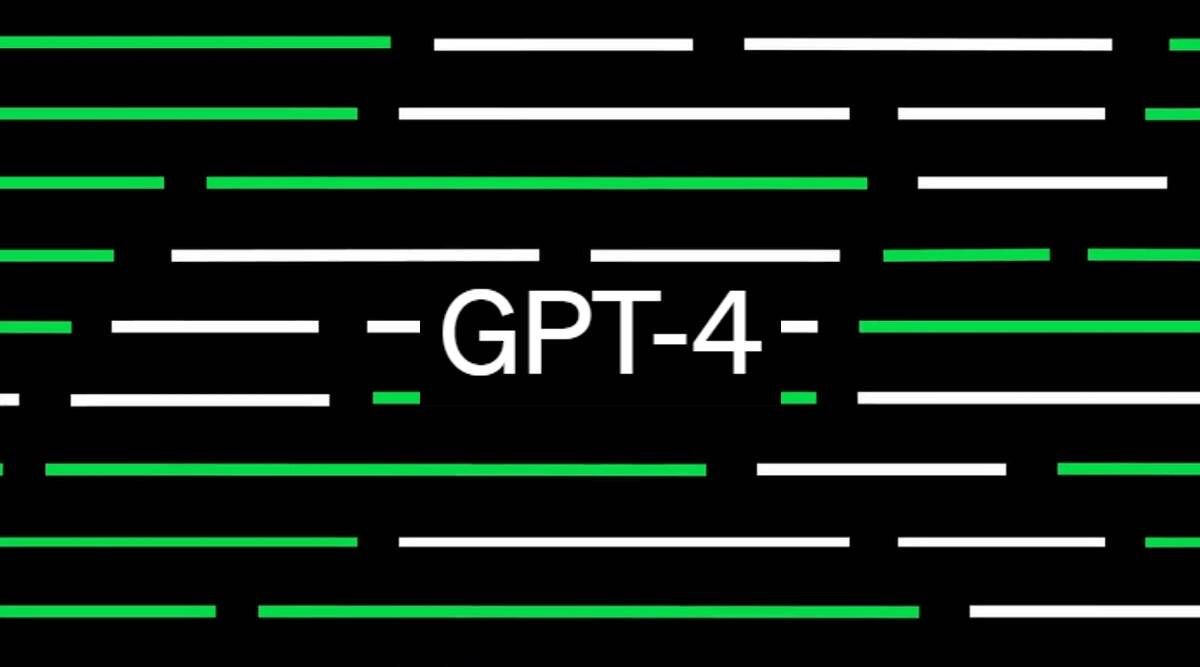Discover the latest advancements in AI technology with GPT4. Unlock its potential to revolutionize your business and stay ahead of the competition.
Language models have become a vital part of modern natural language processing, and with each iteration, they have continued to improve in terms of accuracy and capabilities. The most recent model, GPT-3, has already set a new benchmark in terms of language processing, and now there is anticipation for the next iteration, GPT-4. In this article, we will explore what GPT-4 is, what we can expect from it, and how it will impact the future of natural language processing.

What is GPT-4?
The development of artificial intelligence has been growing exponentially in recent years. GPT-4, or the fourth generation of Generative Pre-trained Transformer, is a language model developed by Open AI, which builds on the success of its predecessor, GPT-3. Like GPT-3, GPT-4 is expected to be a transformer-based neural network with billions of parameters, capable of performing a wide range of natural language processing tasks, including language translation, text generation, question-answering, and more.
What can we expect from GPT-4?
With each iteration, language models have continued to push the boundaries of what is possible in natural language processing. While we can’t be sure exactly what features and improvements GPT-4 will bring, there are some predictions and possibilities that we can explore.
Increased Parameters and Capabilities
One of the most significant improvements that we can expect from GPT-4 is an increase in the number of parameters, which will improve its ability to understand and generate complex language structures. GPT-3 already had a staggering 175 billion parameters, but GPT-4 is expected to have even more, potentially surpassing 1 trillion parameters.
With this increase in parameters, GPT-4 will be able to perform more advanced tasks such as storytelling, creating more compelling narratives, and even writing entire books or articles. Additionally, it will be better equipped to handle more complex language structures and nuances, making it more capable of understanding and producing human-like language.
Better Generalization and Few-shot Learning
GPT-3 was already capable of performing few-shot learning, which allows it to learn from a limited amount of examples. However, this capability is expected to be improved in GPT-4, with better generalization of its learning capabilities.
GPT4 can be used in many applications, such as summarizing articles, generating stories, and creating dialogue. It can also be used for question answering and machine translation.
GPT4 can also be used for natural language processing tasks such as sentiment analysis, text classification, and text generation. It can also be used for automatic evaluation of text, such as grammar and spelling checks.
This means that GPT-4 will be able to apply its learning to a wider range of scenarios, making it more adaptable to new tasks and data sets. This will be particularly useful in areas such as customer service, where GPT-4 will be able to provide more personalized responses based on a customer’s history with a company.
Improved Training and Fine-tuning
GPT-4 is expected to have improved training and fine-tuning capabilities, making it easier to customize the model for specific tasks and domains. This will make it easier for organizations and individuals to build their own language models, tailored to their specific needs.
Additionally, GPT-4 is expected to be more efficient in terms of training time and computing resources required. This will make it easier and more affordable for organizations to train their own language models, even on smaller data sets.
How will GPT-4 impact the future of natural language processing?
GPT-4 has the potential to revolutionize natural language processing in many ways. Here are a few examples:
Personalization: With better few-shot learning and generalization capabilities, GPT-4 will be better equipped to understand individual users and tailor responses to their specific needs and preferences.
Automation: GPT-4 will be able to automate many tasks that currently require human intervention, such as customer service, chatbots, and even content creation. This will save organizations time and money while improving the quality
Conclusion
GPT-4 is an era changing development in the field of AI . Its potential benefits are numerous, ranging from improving language translation to revolutionizing education and research. However, as with any new technology, there are also potential risks that need to be addressed. It is important that we consider both the potential benefits and risks of GPT-4 as we continue to develop and integrate this technology into our society.
Image Source : Nimble Box









